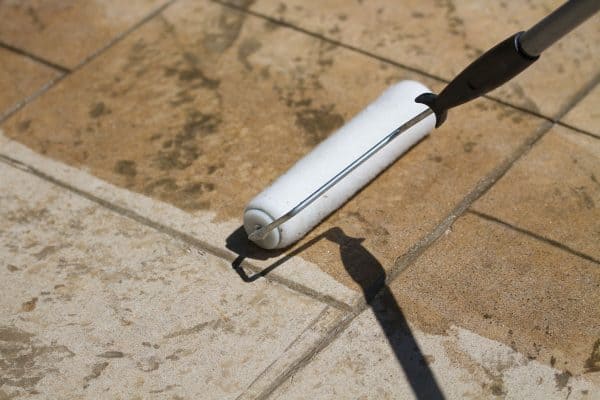Disclosure: We may get commissions for purchases made through links in this post.
When you're buying your paving materials, you might be confused about the different types of gravel available. In this article, we'll help you differentiate the gravel types so that you know when and where to use each type. We've done the research for you in this ultimate gravel guide.
There are four different types of gravel according to size. Each of them can be used for your paver base, patios, and driveways:
- Fine gravel has a diameter of 3/8-inch and is used as a base for enclosed pavements that receive light to heavy foot traffic.
- Medium gravel has a size of 1/2 to 3/4 inches and is recommended for driveways with light vehicle traffic.
- Coarse gravel is at least 1.5 inches in size and can withstand heavier applications like multiple vehicle traffic.
- Recyled gravel is repurposed gravel that comes in fine, medium, and coarse sizes and can be used like their size counterparts.
Continue reading to know more about these different gravel types and their applications. This article will also answer which gravel is best for patios and what type is best to use for your driveway. Let's begin!
![Concrete brick pavers for the garden patio, Types Of Gravel For Paving [When & Where To Use Each]](https://pavingplatform.com/wp-content/uploads/2022/03/Types-Of-Gravel-For-Paving-When-Where-To-Use-Each-800x1200.png)
The Type of Gravel to Use for Pavers
Gravel is made up of rock fragments. It is coarser and bigger than sand when it comes to texture and size. It has a rounded shape due to its contact with water as these rocks are found near bodies of water.
Gravel is one of the most popular paving materials because it is affordable, long-lasting, and requires low maintenance. It also facilitates better drainage and serves as a weed barrier so that you can have a healthier, safer, and nicer landscape.
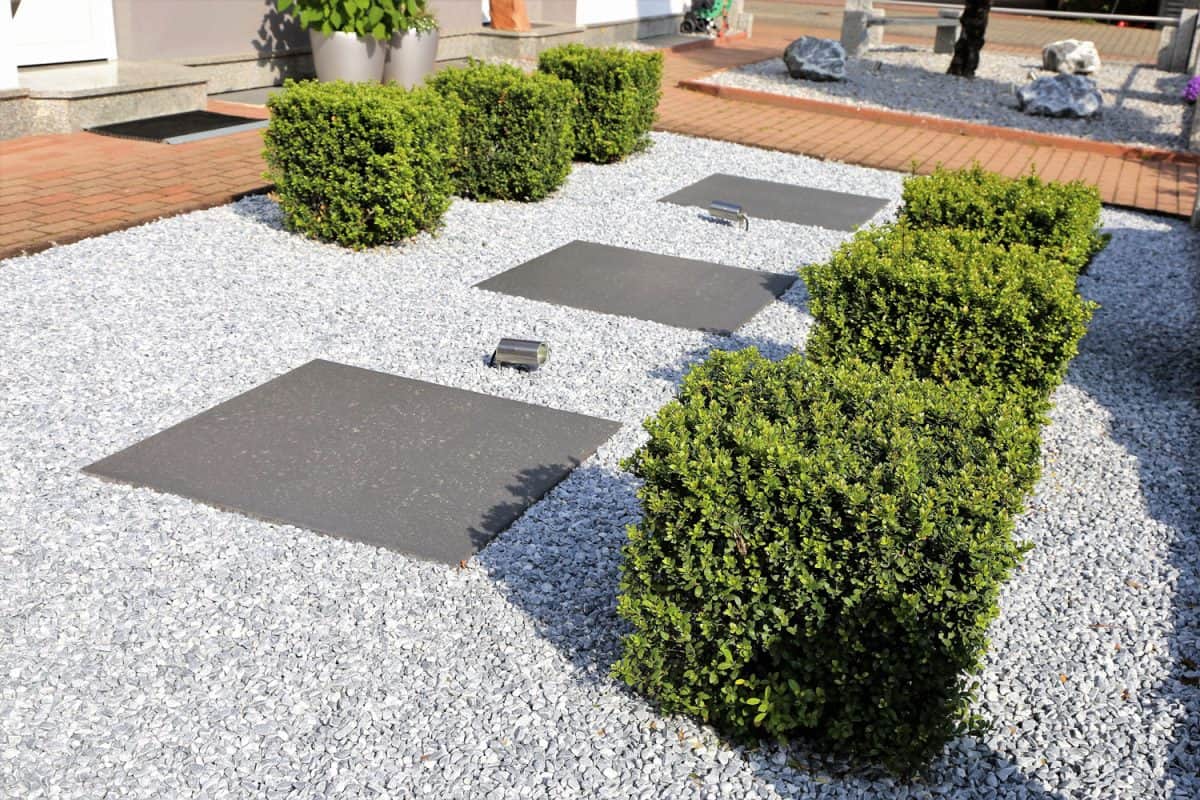
This paving material is categorized according to its size and this is what we will clarify today so that you'll know what to buy for your specific paving needs.
Fine Gravel
This has a size of about 3/8-inch. As the name implies, it is made of finer rock fragments.
Fine gravel can compact almost like sand which will give you a solid paver base. However, it doesn't drain well since it compacts tightly. It's best to use this gravel type when you have sandy or well-draining soil underneath.
Don't use this if you have clay soil because it could lead to further water issues as water won't be able to pass through in these two layers. Fine gravel is also recommended in enclosed areas since they aren't affected by rain that'll cause water problems.
Because of its solid base, your pavement can stand up well to pressure. This means you can put furniture on top of your paving material or use it where there's heavy foot traffic. But it isn't recommended to use for driveways and other heavy-duty applications.
Medium Gravel
This gravel type has a size of 1/2 to 3/4 inches. It offers a balance between support and drainage.
It compacts well enough to give you a firm base but not too tight that it prevents proper drainage. It's best to use medium gravel together with loamy or regular soil. It is also durable and can be used for heavy-duty applications although you would need about six to eight inches of medium gravel if you're hoping to use it for your driveway.
Coarse Gravel
This type of gravel is about 1.5 inches in size. Because of its larger size, it doesn't compact well which is good for water drainage. You can also use coarse gravel when you have clay soil to allow proper water movement.
Its bigger size gives it more strength so it's best to use for pavement that regularly receives heavy loads. One example is a driveway with multiple vehicles.
Recycled Gravel
This gravel type comes in different sizes from fine to medium to coarse gravel. It is made from crushed used concrete or leftovers of quarry operations. Aside from being more affordable, using repurposed gravel is also a more sustainable choice. In doing so, you help preserve limestone rocks.
These are the four most common gravel types. In a nutshell, it's best to use a larger gravel size for heavier applications and better drainage.
Which gravel is best for patios?
Gravel is a versatile paving material. Among its many uses is that it can be used as a top layer of your patio's pavement. Here are the most recommended gravel types to use for your patio.
Crushed stone
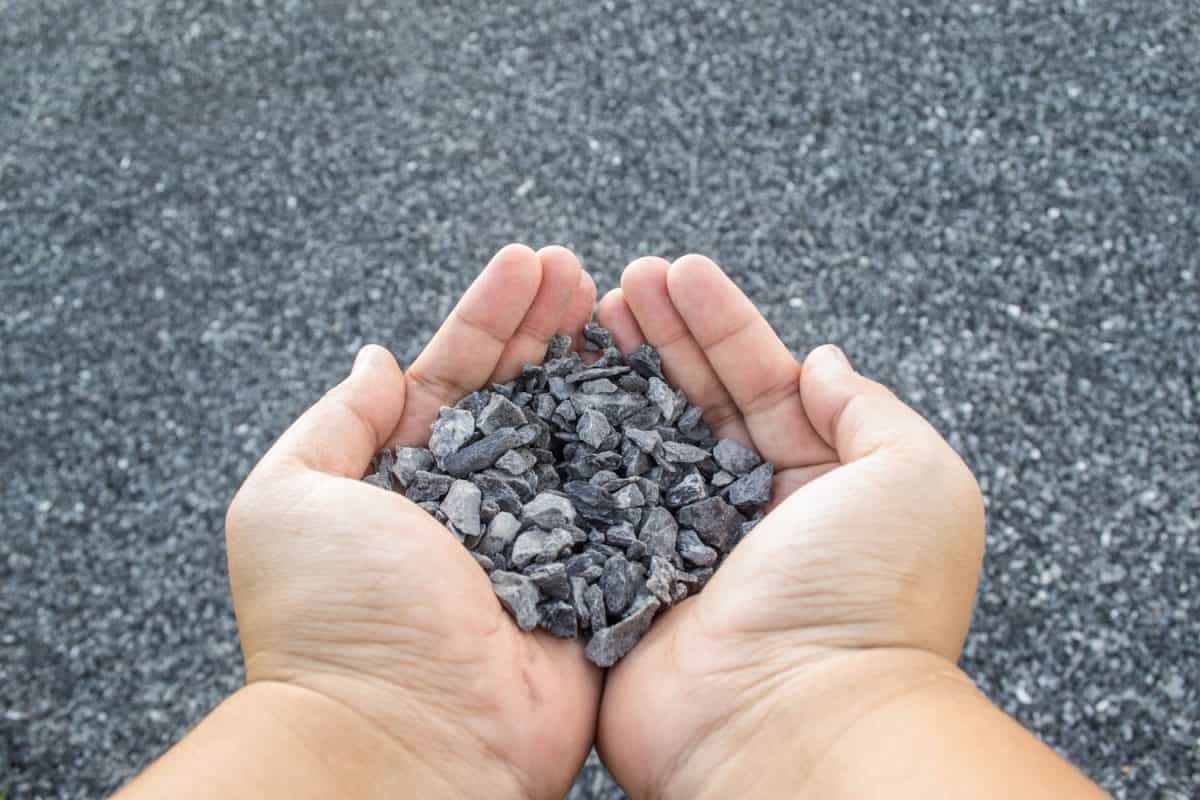
It is made up of irregularly shaped rocks of different sizes. It is inexpensive and comes in various colors so you can choose which one will suit well with your outdoor area. Choose the angular-shaped ones so that they can lock with each other to form a solid pavement. Once it has completely settled, you'll have no trouble with its maintenance.
But take note that it's easy to kick a crushed stone out of its place especially if it hasn't settled yet. You'll have to keep replenishing the lost stones to make sure that the pavement is even all throughout.
Pea Gravel
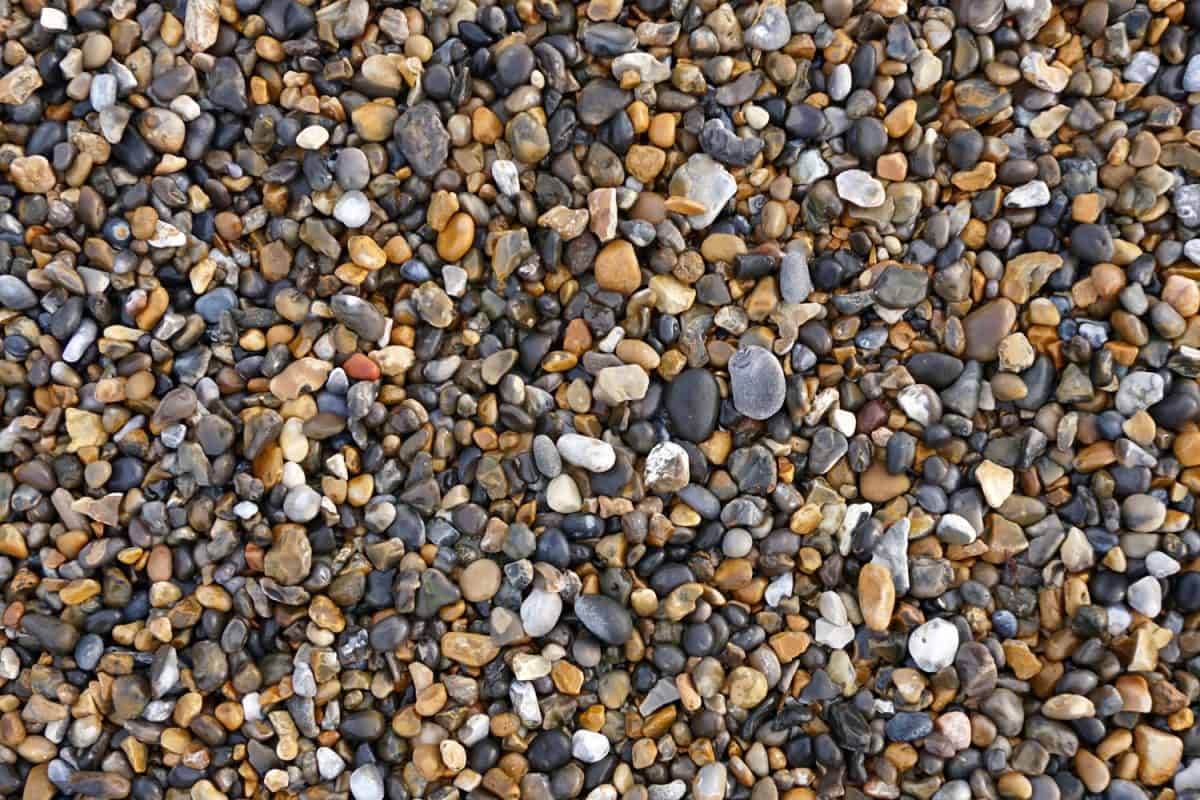
This is a popular option because of its appearance. It also comes in different colors that'll make your patio floor stand out. It is also easy to walk on these stones and won't hurt your feet. Pea gravel also has a remarkable resistance against moss and weed growth. It also allows good water drainage so you won't be dealing with pooling or flooding concerns.
The drawback of using this gravel type is that it doesn't form a compact surface. Its round edges don't interlock with each other so its pieces can easily be moved out of place. When this happens, you have to refill your patio with more pea gravel so that it won't be too bumpy.
Marble Chips
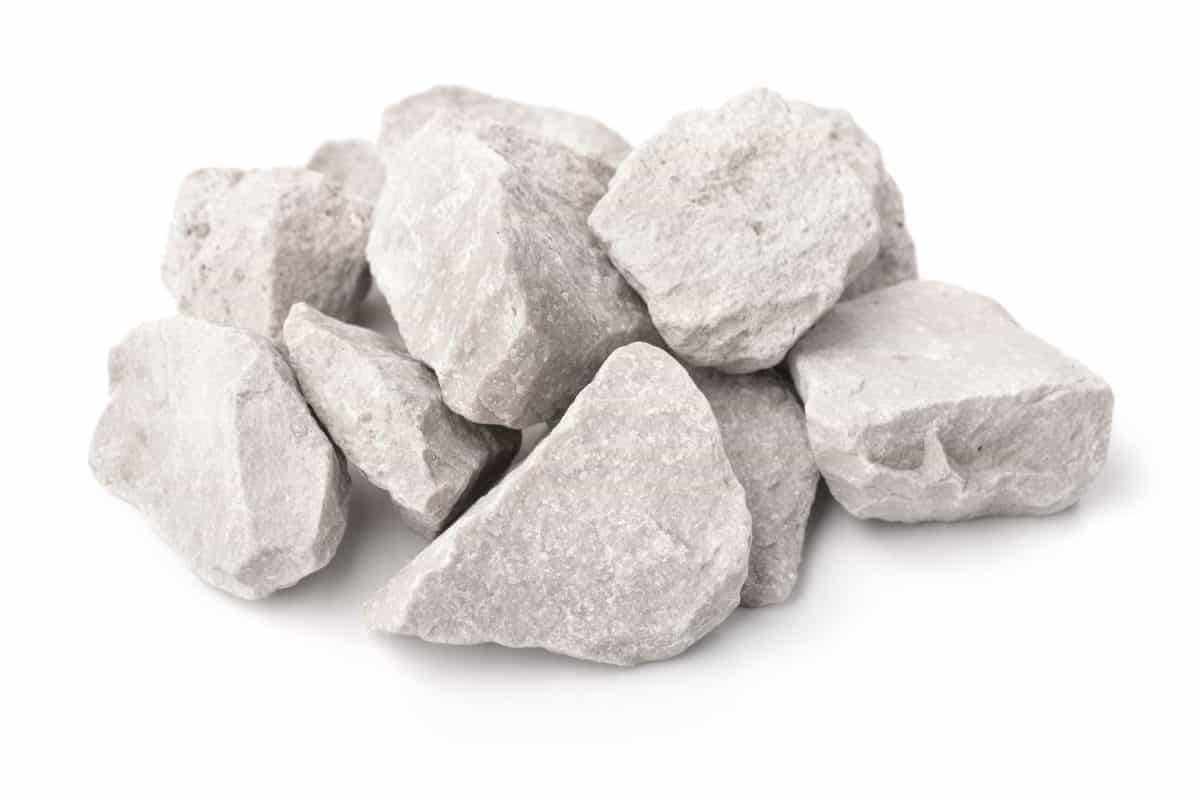
These are very attractive paving materials which is why they are always recommended to use on your patio pavement. They come in various grades and shades and when the sun's rays hit them, they have a certain glow. They have angular shapes that allow them to connect with each other and form a solid surface. This means that you won't have to keep refilling it to maintain an even pavement.
But marble chips are expensive to buy. They also require more maintenance than other gravel types. They also don't drain water well which leads to the pooling of water on the surface.
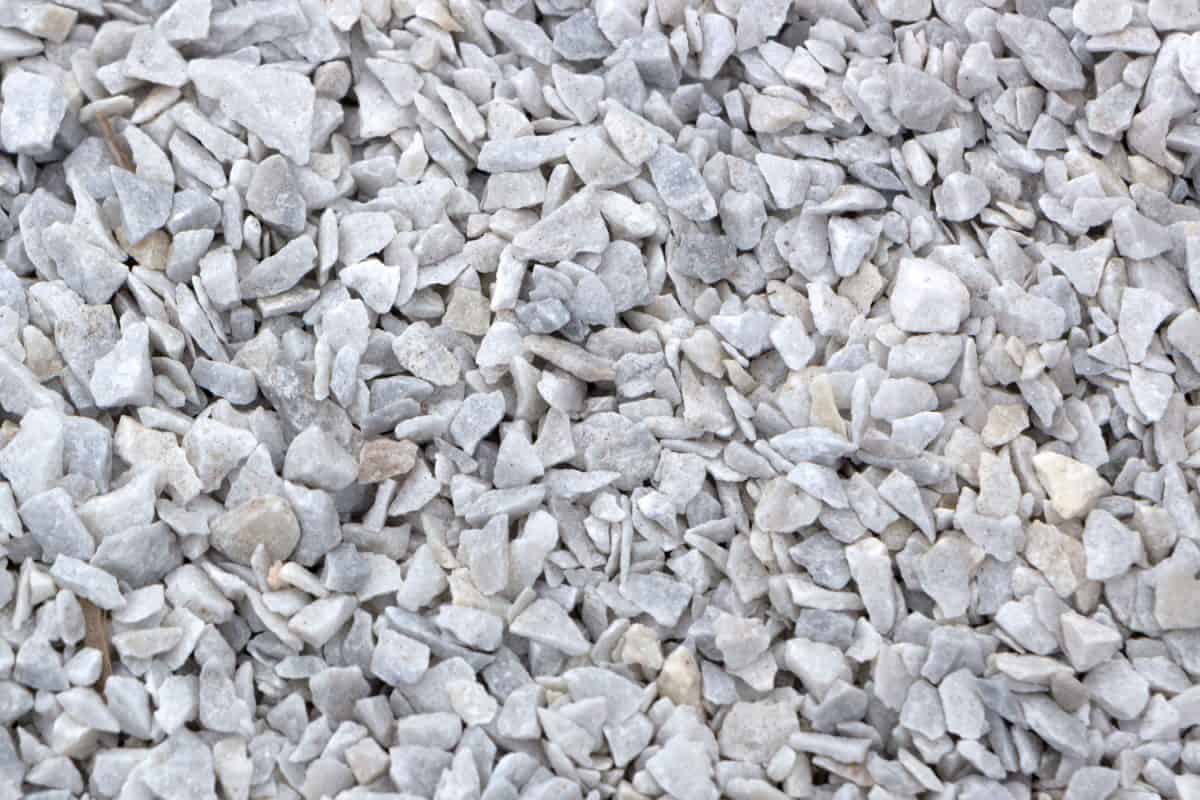
These are the most recommended gravel types for your patio. Experts say that you need to use 4 to 6 inches of gravel for your patios. Choose which one fits your outdoor design and budget.
What type of gravel is best for driveways?
Many homeowners are choosing to use gravel on their driveways. It really offers a lot of advantages. This versatile paving material is an affordable option and is very easy to lay and maintain.
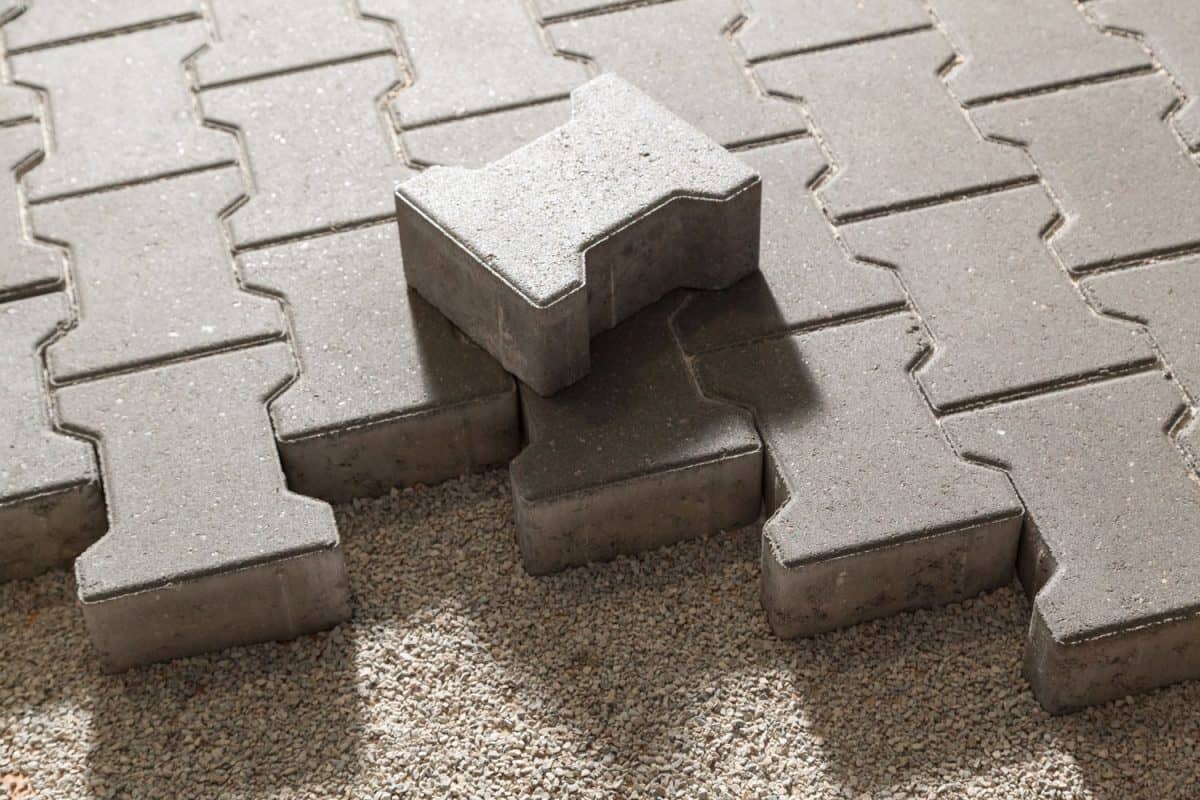
However, keep in mind that you cannot use just any type of gravel for this purpose. As discussed above, size plays a big role in gravel's performance and how well it can stand up against heavy vehicle traffic. Gravel comes in different sizes so you need to know which size is best for your specific application.
A driveway has three layers and each layer requires a different type of gravel. These are the layers and the recommended gravel type for each one.
Base Layer
The base layer refers to the foundation of your driveway. This is where you use larger gravel size of about four inches in diameter. It's also best to ask for angular-shaped rocks so that they can interlock better and provide a solid base for your driveway. Rounded ones might not connect with each other. When you have a loose base, your driveway would shift or move under the heavy weight of the vehicles.
Middle Layer
This one is between the base and top layers and requires medium-sized gravel. It should not be less than four inches thick. Angular, golf-sized gravel is also good to use in this portion so that it would form a firm support for your top layer.
Top Layer
This is the exterior portion of your driveway that's in direct contact with the vehicles. Experts say that you can use smaller or fine gravel for the top layer. It also contains rock dust particles that hold the gravel in place. You can lay the gravel loosely or mix it with concrete so that it'll stay in place.
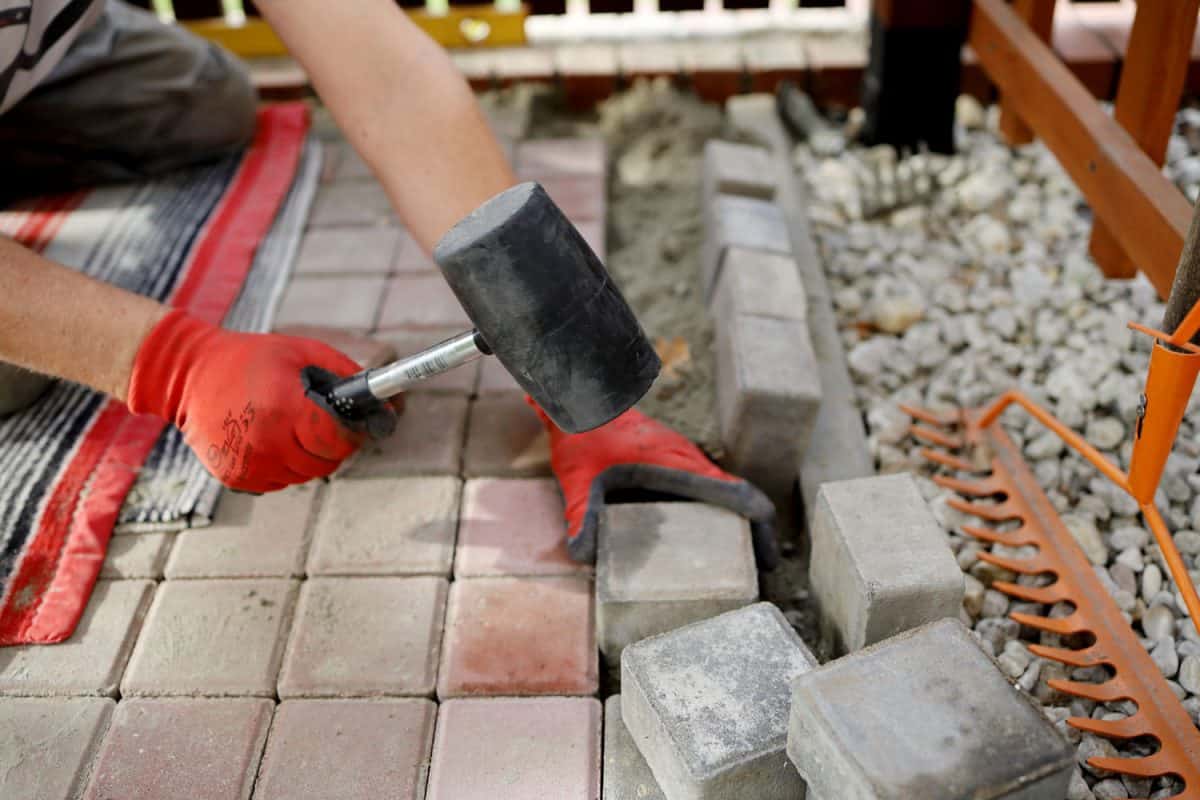
Your driveway's depth should be around 8 to 12 inches. If your soil is made of clay, you need to add a couple of inches to allow better water drainage. Just remember that bigger-sized gravel is used at the base layer and they get smaller as you move to the next layer.
Final Thoughts
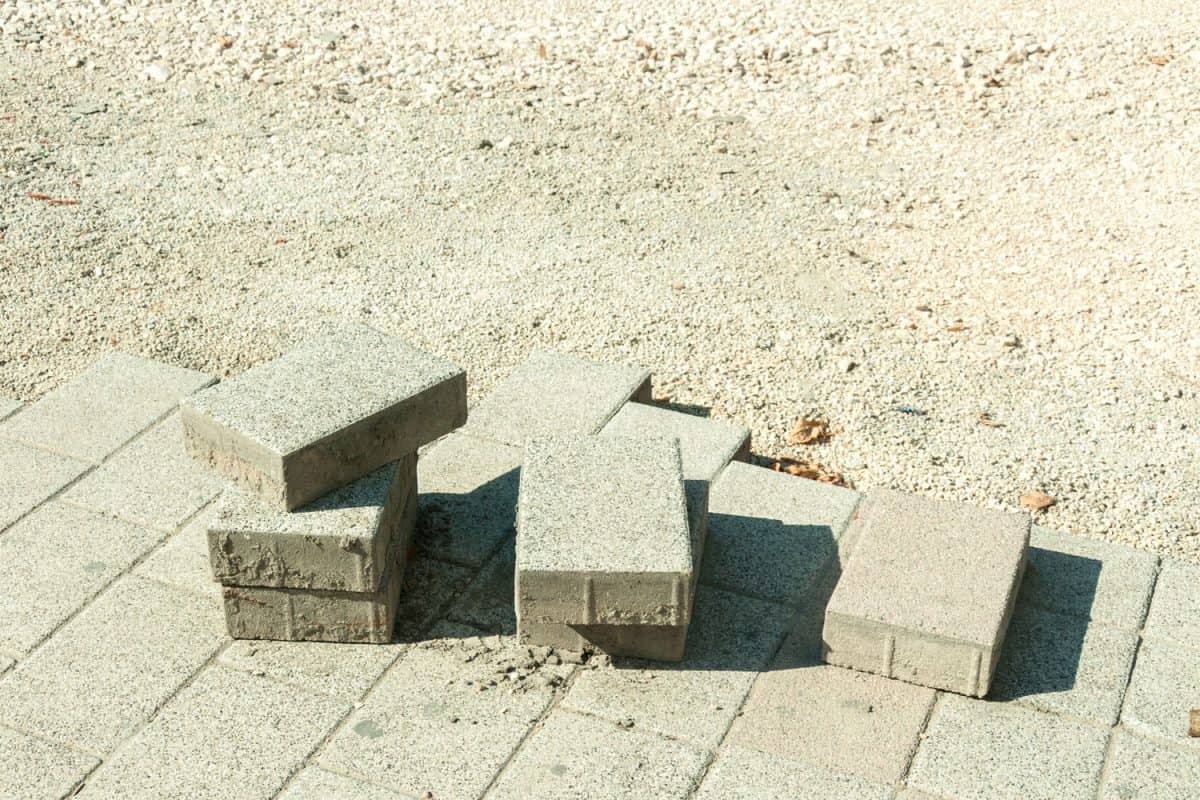
You have to know the different gravel types so you can choose the right gravel for your particular paving project. It will determine the strength and performance of your pavement.
For more resources about gravel, you may visit the following links:
Is Pea Gravel Comfortable To Walk On? [Is It Good For Walkways?]

![Vibrant Red Paver Stone Path, Can You Spray Paver Sealer? [How To Apply It]](https://pavingplatform.com/wp-content/uploads/2022/04/Vibrant-Red-Paver-Stone-Path-600x400.jpg)
![Properly laid out red pavers for a garden, Can You Tint Paver Sealer? [And How To]](https://pavingplatform.com/wp-content/uploads/2022/04/Properly-laid-out-red-pavers-for-a-garden-600x400.jpg)
